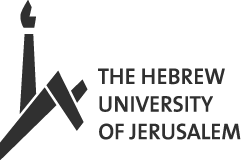One Bible, many translations
Many European scholars translated the bible into different languages throughout the centuries, but they were not always faithful to the original language of the bible: Hebrew. For example, for most English speakers there is no more authentic version of the Bible than the King James edition. Completed in 1611, the KJV is what most people assume the true Word of God to be. So what is the issue with these translations?
Who translated the Bible?
The translators who were commissioned to translate the Bible were competent scholars who did the best they could. But it is crucial to realize that their intention was above all to produce a version of the Bible that sounded good in translation, not to be accurate. They took many artistic liberties when they came across Hebrew words they did not understand. These mistakes are now permanently embedded in the translations of what now constitutes Holy Scripture.
Peel Back the Layers of Translation
When you read the Bible, don’t you want to know you are reading the source? Wouldn’t you like to clear the fog of hundreds of years of translation? If you want to really grasp the meaning of the words of Scripture, you must set aside all these translations and get back to the original language: Hebrew. We invite you to enroll in our live online Biblical Hebrew course and discover what the Bible really says.


